🦴 Updated on June 12th, 2024
Dog anxiety can disrupt daily life and strain the bond between you and your pet. Identifying what triggers their stress and knowing how to soothe them are key steps towards a happier, healthier dog.
1. Loud Noises

Fireworks, thunderstorms, and loud traffic can terrify dogs. Calm them by creating a safe space in a quiet room, playing soft music to drown out the noise, and staying calm and reassuring yourself.
2. Separation Anxiety
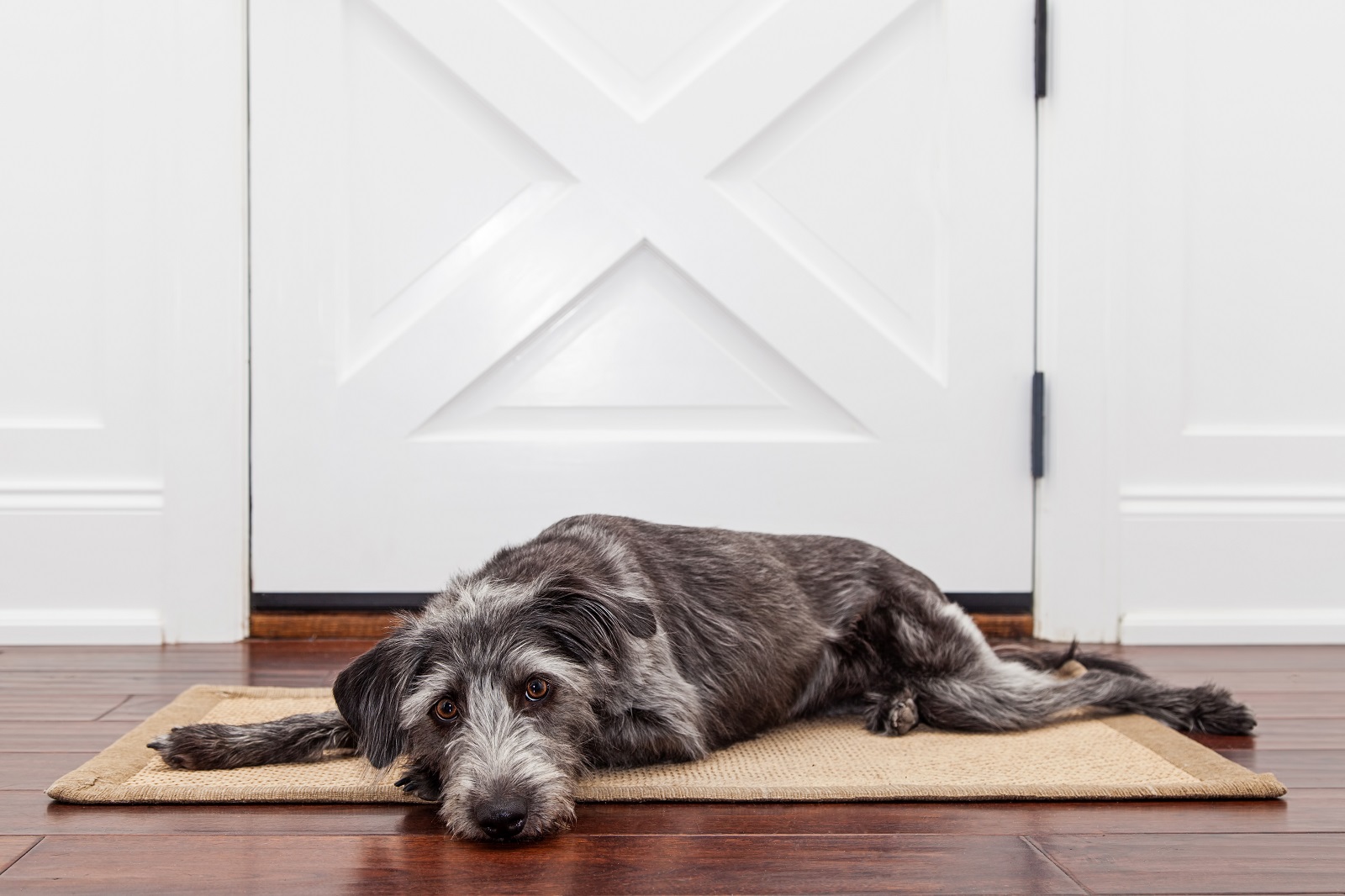
Dogs often panic when left alone, leading to destructive behaviour and distress. Gradually increase the time you spend away, leave comforting items like an unwashed shirt, and consider crate training for a secure feeling.
3. New Environments
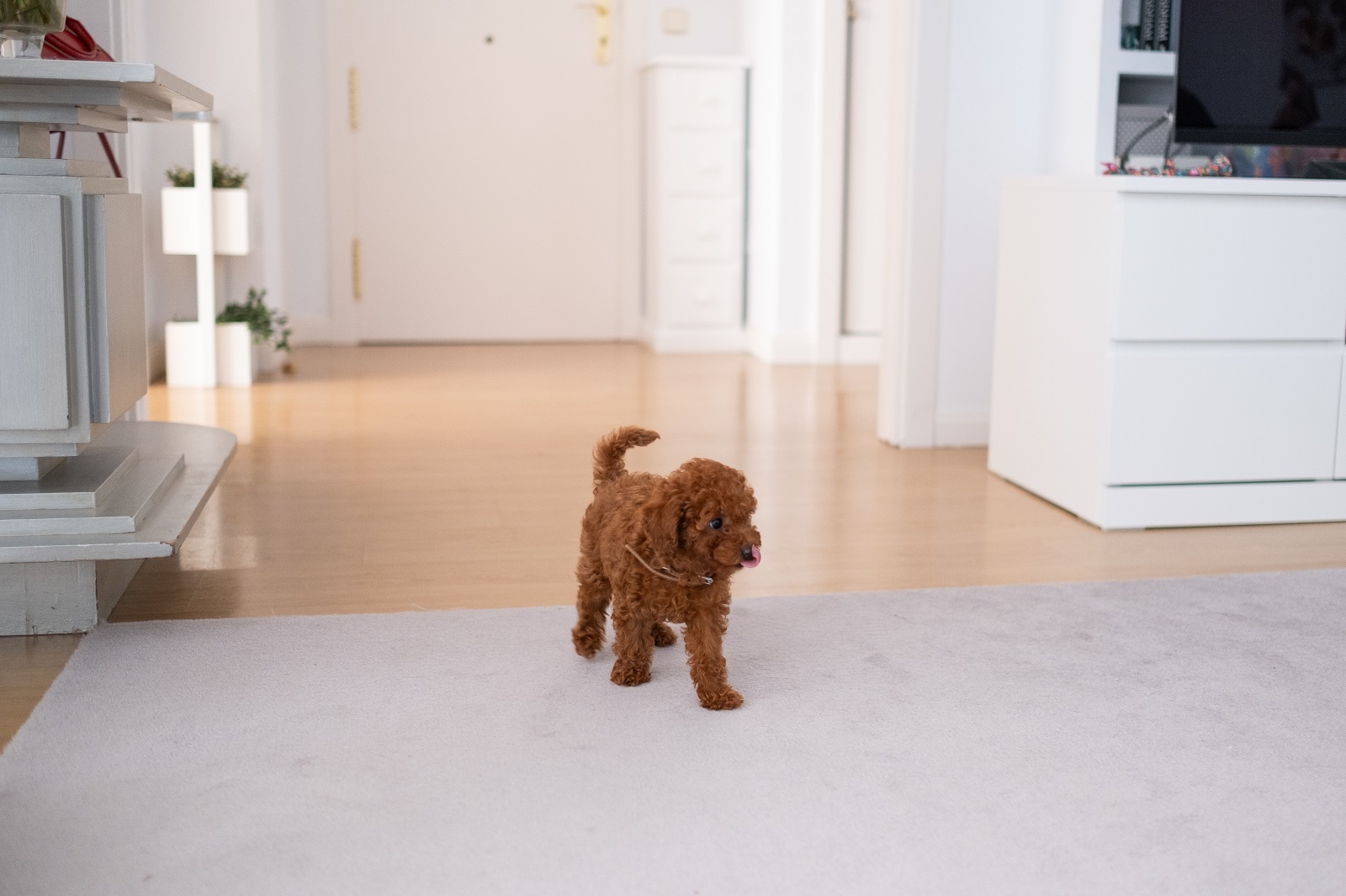
Moving to a new home or visiting unfamiliar places can unsettle dogs. Keep routines consistent, introduce them slowly to new areas, and bring familiar toys to ease the transition.
4. Changes in Family Dynamics
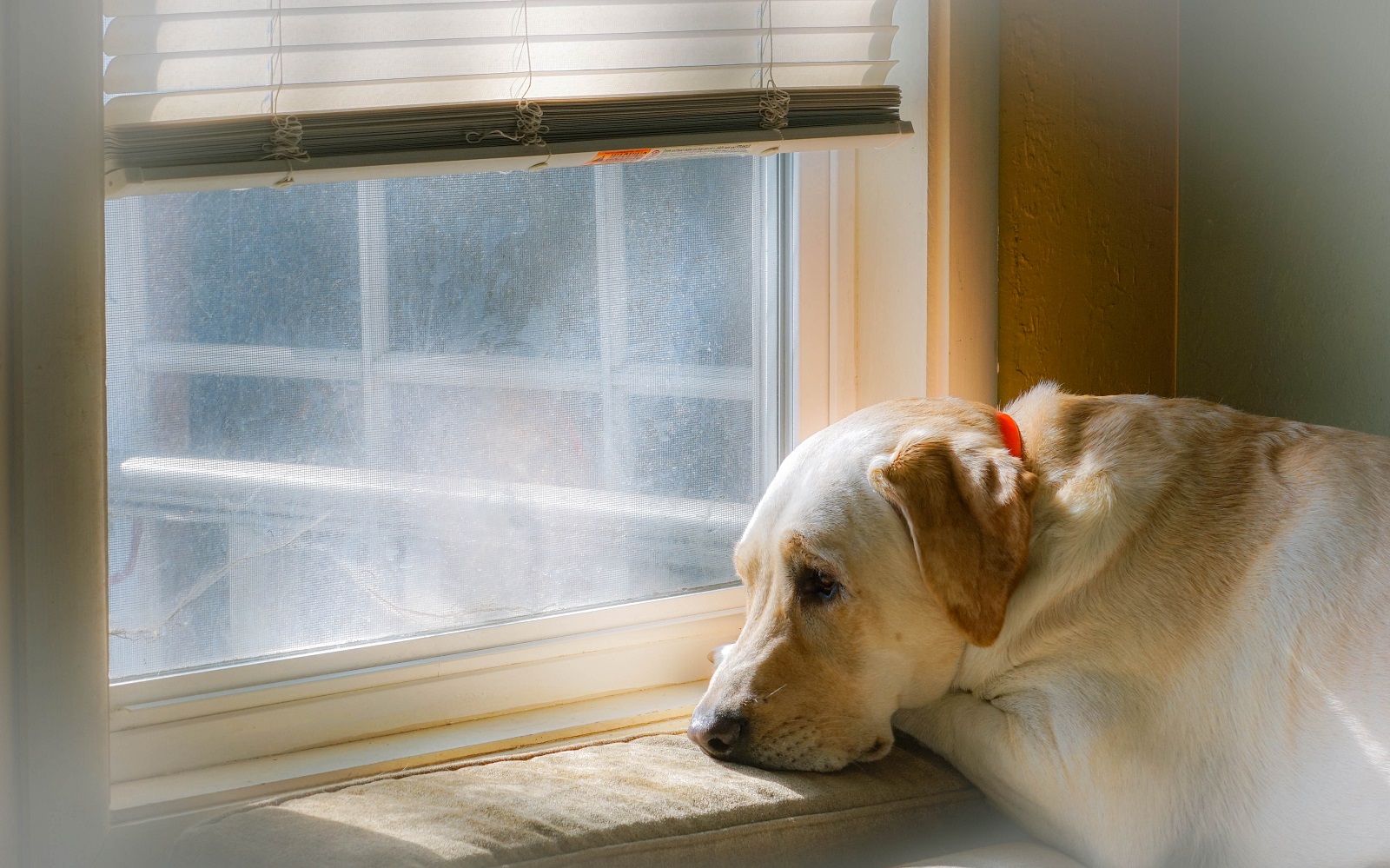
The arrival or loss of a family member or another pet can deeply affect dogs. Provide extra attention and reassurance during these times, and maintain their regular schedule as much as possible.
5. Vet Visits

Many dogs find vet visits stressful. Prepare them by gradually getting them used to travel and handling. Use treats and praise to create positive associations with vet visits.
6. Lack of Socialisation

Under-socialised dogs may be anxious around other animals or people. Introduce them to new experiences slowly and in controlled settings, rewarding calm behaviour with treats and praise.
7. Unpredictable Routines
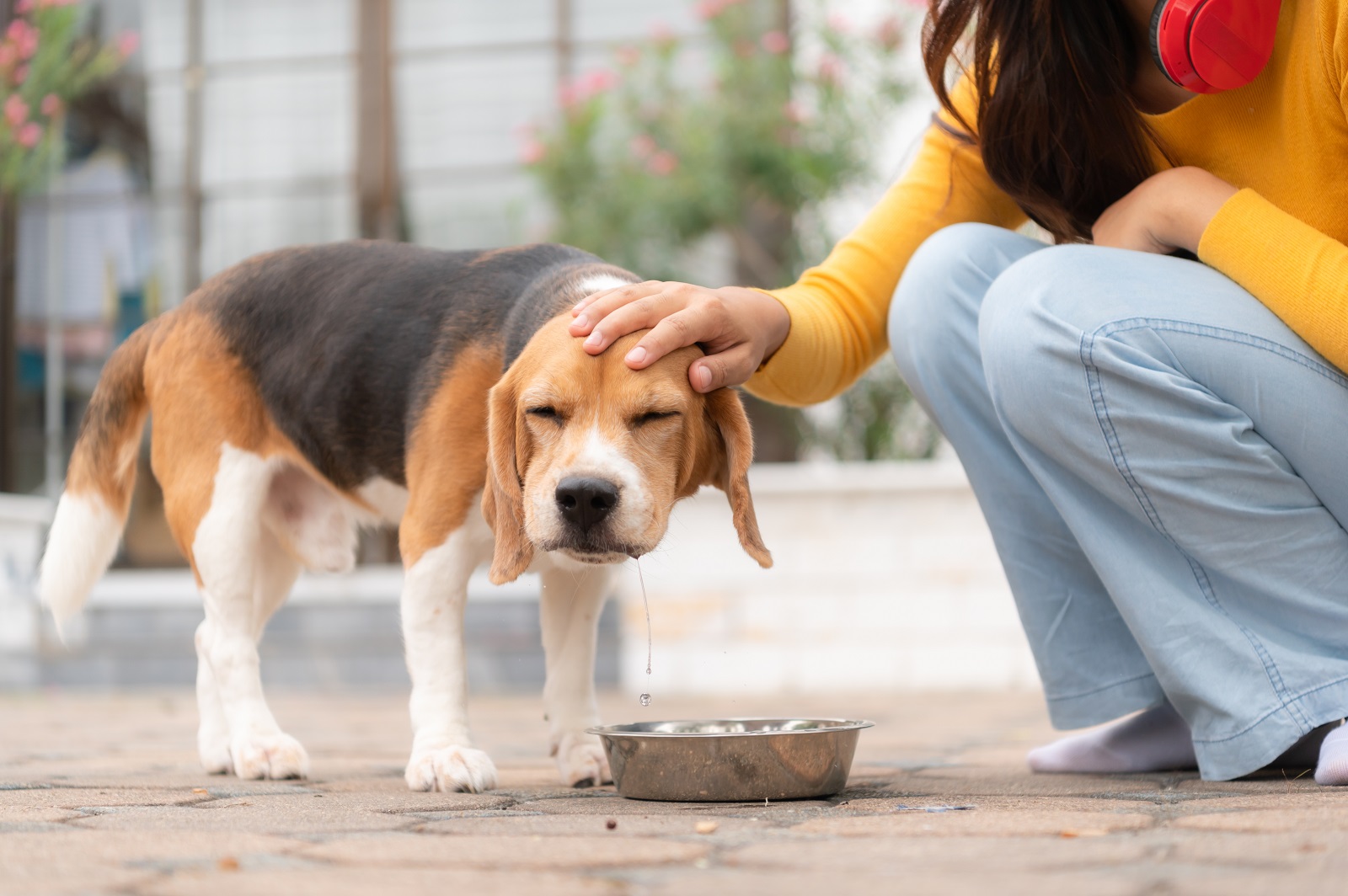
Dogs thrive on routine and predictability. Try to feed, walk, and play with them at consistent times to reduce anxiety.
8. Boredom and Lack of Stimulation
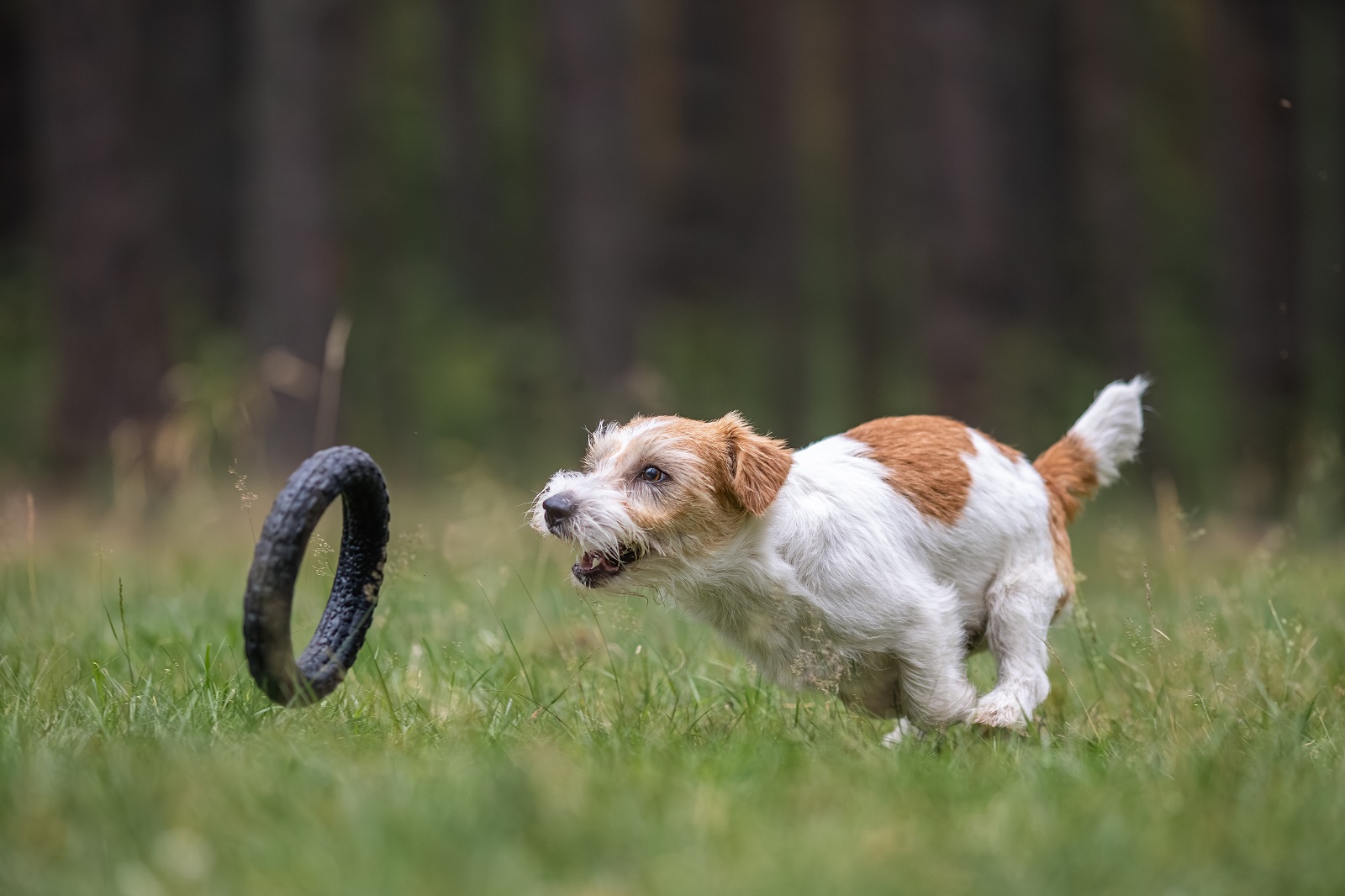
A lack of mental and physical stimulation can lead to anxious behaviours. Provide regular exercise, interactive toys, and training sessions to keep their minds and bodies active.
9. Age-Related Anxiety
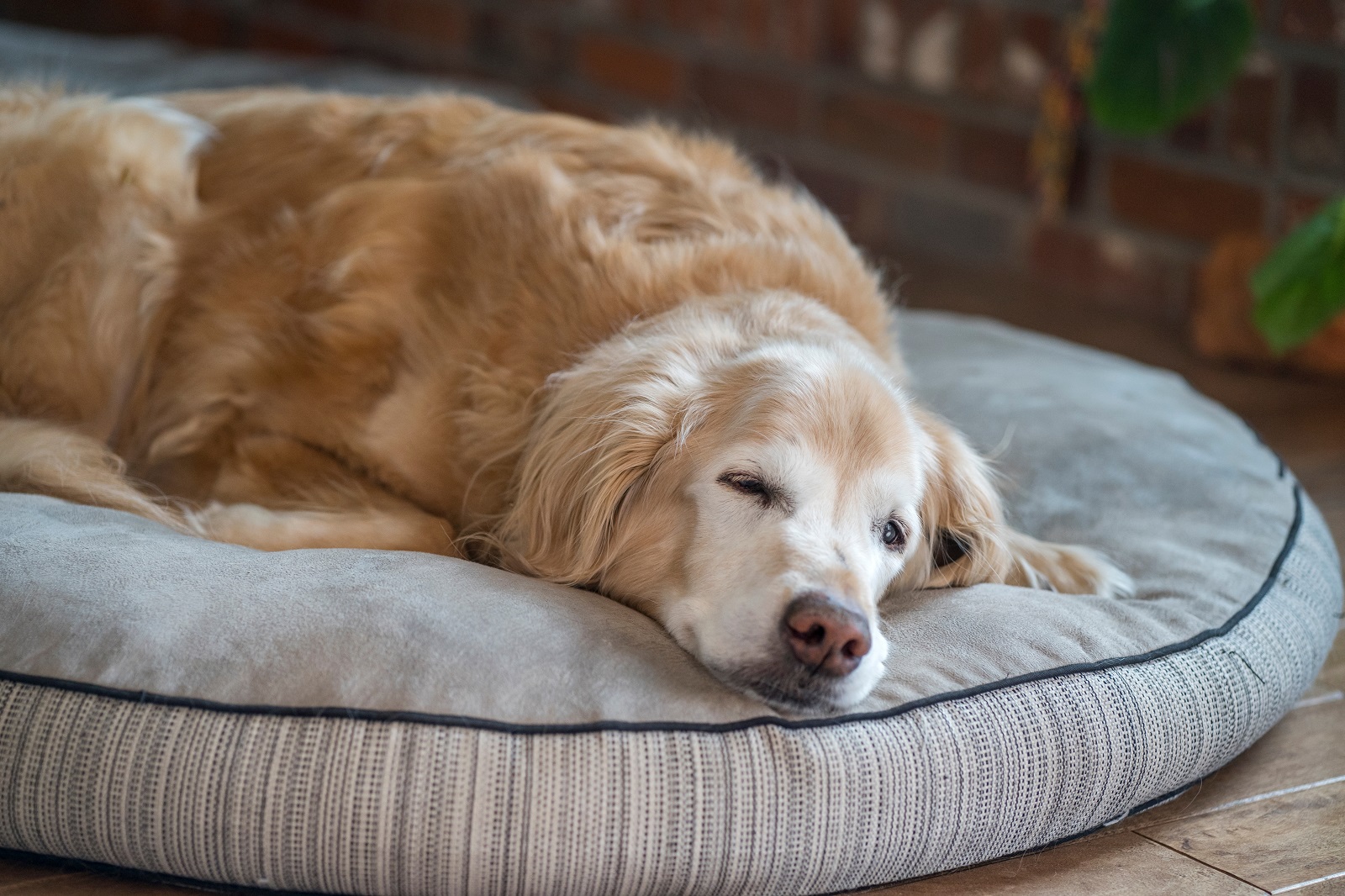
As dogs age, they can become more anxious due to declining health and sensory impairments. Keep their environment stable, be patient, and consult your vet about possible interventions.
10. Confinement and Restriction
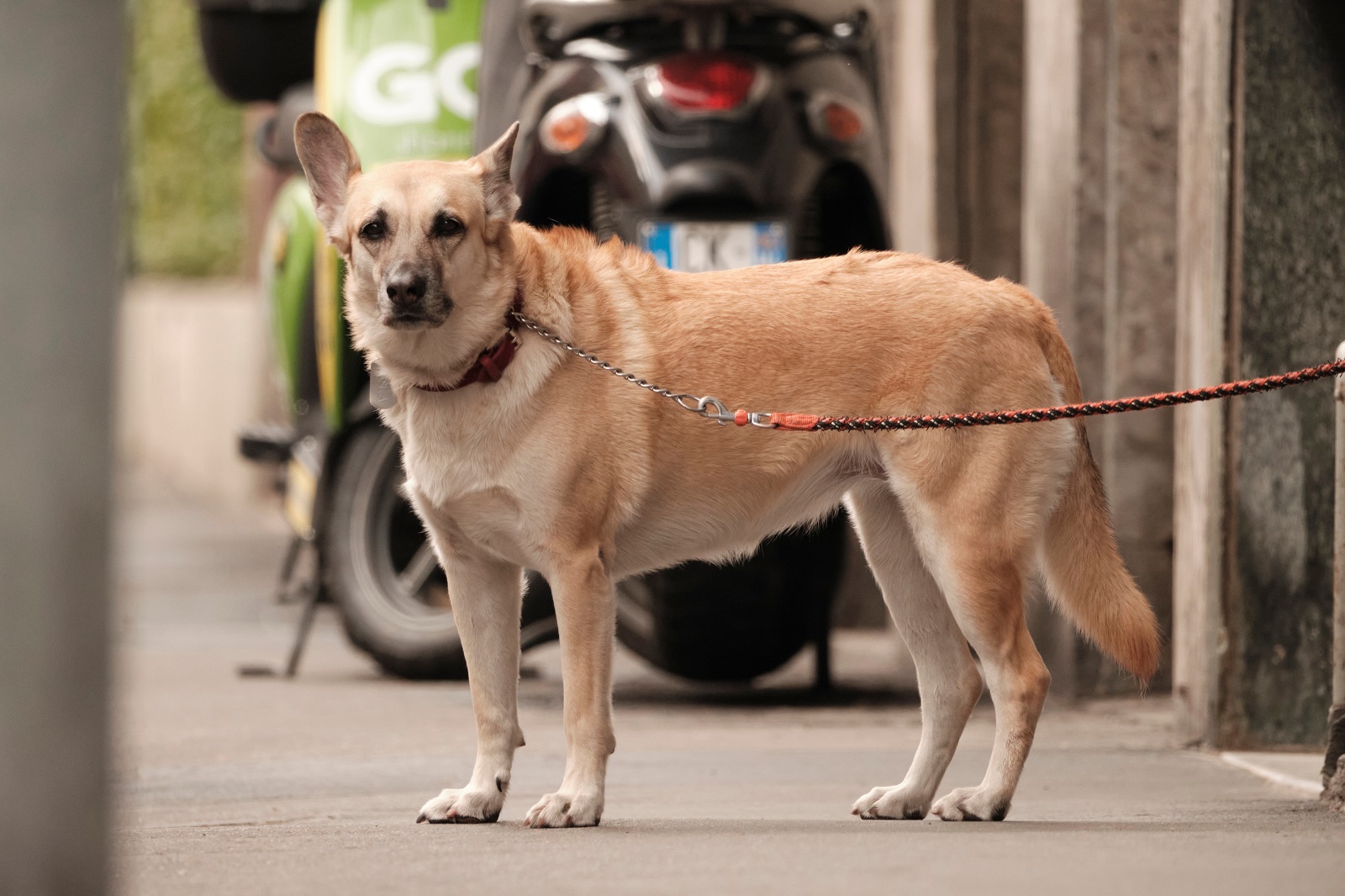
Dogs confined for long periods or restricted in movement can develop anxiety. Ensure they have enough space to move around and spend quality time outdoors.
11. Travel Anxiety
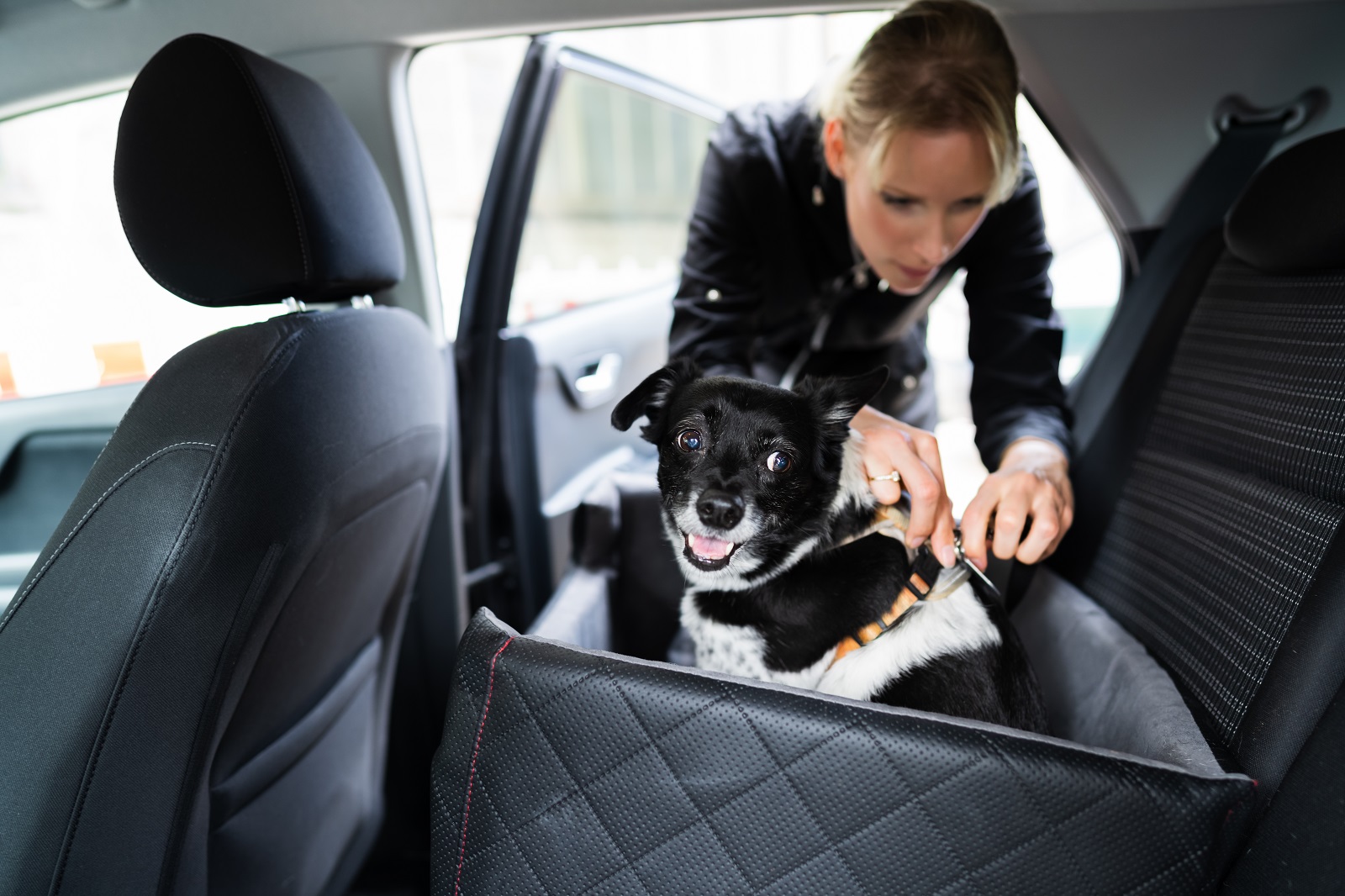
Travel can be distressing for some dogs. Use a comfortable carrier, take breaks if on a long journey, and acclimate them to shorter trips first.
12. Poor Communication

Dogs can become anxious if they don’t understand what’s expected of them. Use clear, consistent commands and reward-based training to build understanding and trust.
13. Past Trauma
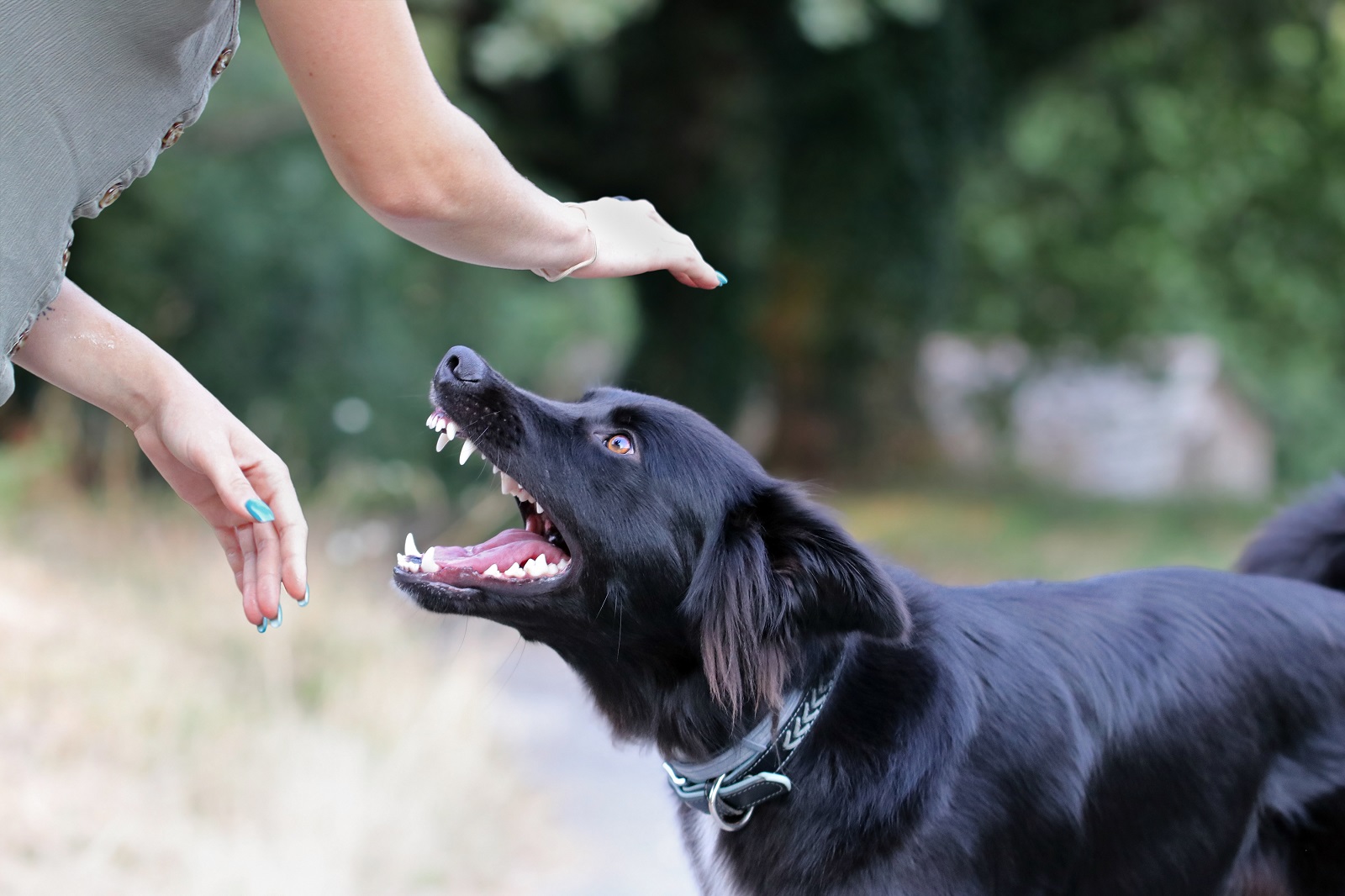
Dogs with traumatic pasts may have lingering anxiety. Approach them with patience and gentleness, avoiding sudden movements or loud noises, and seek advice from a behaviourist if needed.
14. Presence of Predators or Threats
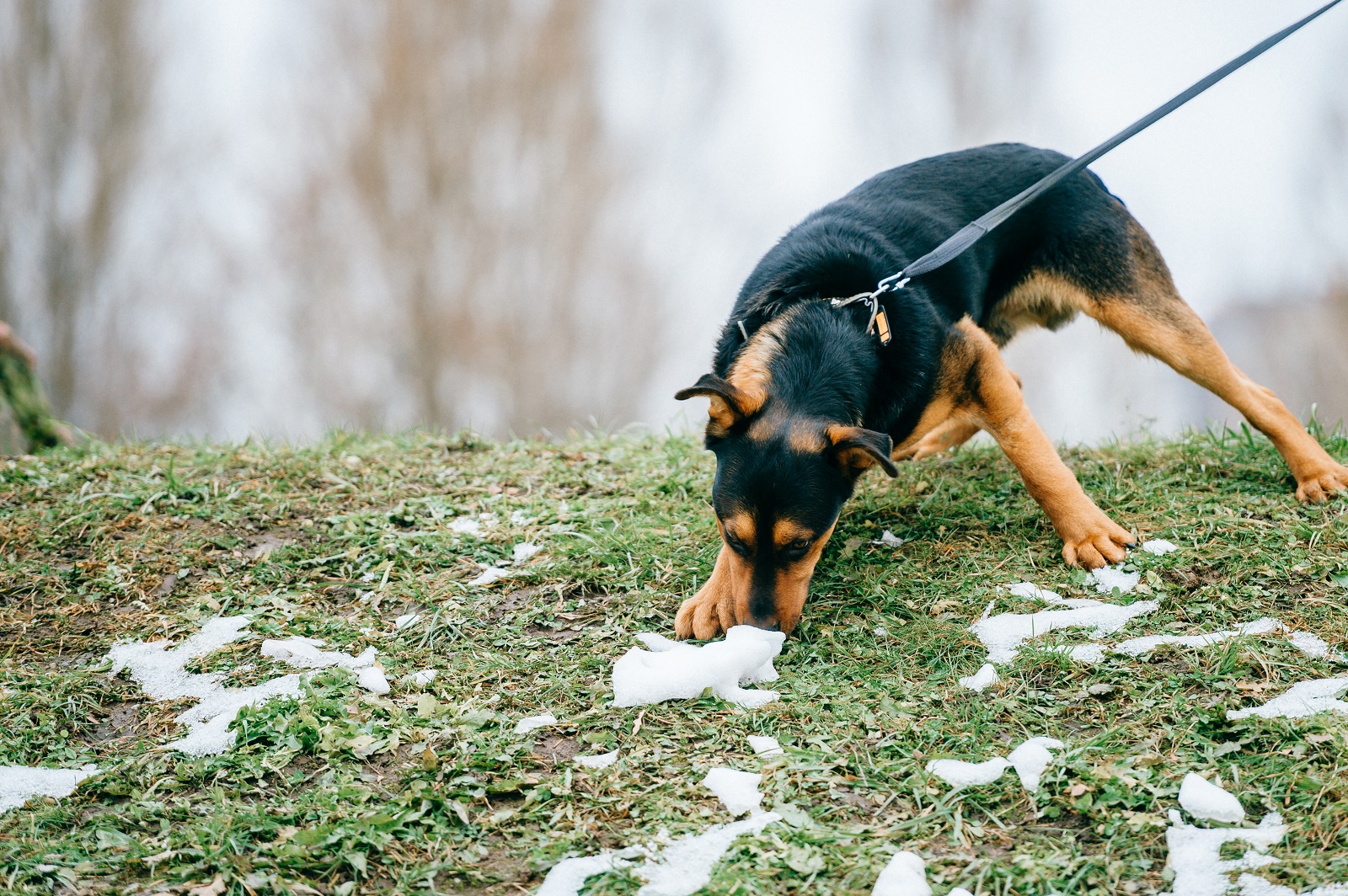
The smell or sight of predators or perceived threats can trigger anxiety. Secure your garden and provide a safe indoor space where your dog can retreat if they feel threatened.
15. Health Issues
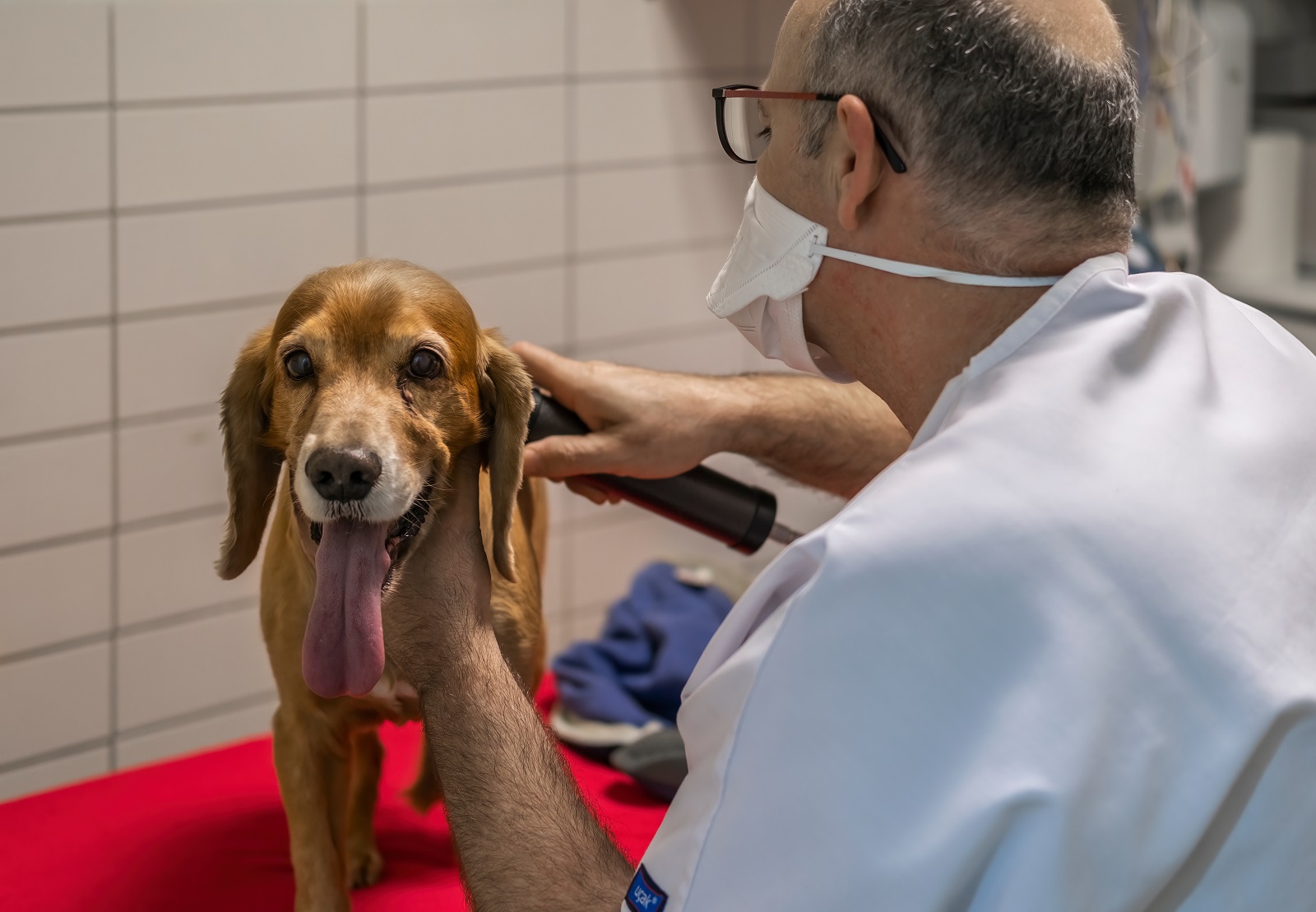
Underlying health problems can cause or exacerbate anxiety. Regular vet check-ups and prompt treatment of any illness can help reduce stress and improve their overall wellbeing.
Paws for Thought
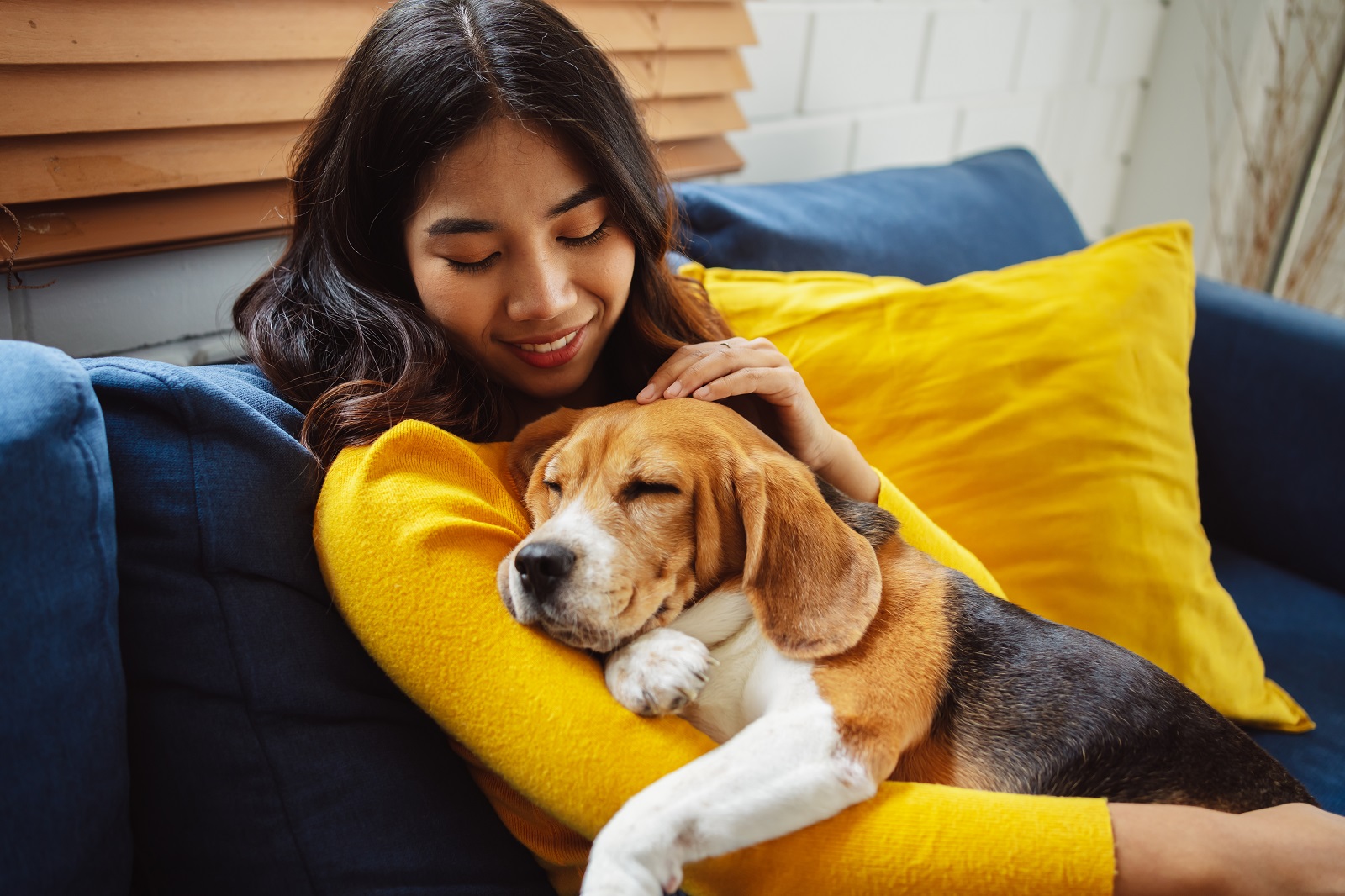
Understanding the causes of your dog’s anxiety and responding with empathy and appropriate interventions can transform their life—and yours. With patience and the right strategies, you can help your dog navigate their fears and enjoy a more relaxed, joyful existence.
The post 15 Causes of Dog Anxiety and How to Calm Them first appeared on PawShore.
Featured Image Credit: Shutterstock / eva_blanco.
For transparency, this content was partly developed with AI assistance and carefully curated by an experienced editor to be informative and ensure accuracy.

